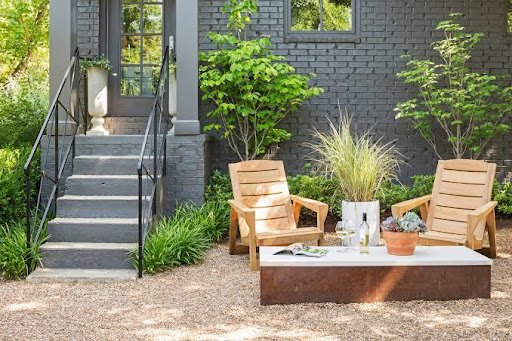A Deer Fence Can Be Decorative as Well as Protective

By late summer, the tender ground-level vegetation preferred by deer starts to dry up in most places. Wherever residential areas abut green space, this is the time of year that a hungry deer may decide that your lush, irrigated garden looks tastier than the stubbly, wild vegetation it has left at its disposal. While deer might avoid areas of human activity when the eating is good in the forests and fields, the scales can tip once they get a taste of your rosebushes. And the next thing you know, the whole herd is descending on your property every night when the sun goes down.
So you decide you need to put up a fence. Plenty of gardening books and websites will tell you that 7 feet is the minimum height for keeping deer out, and 8 feet is even better. Most people find a fence of that size to be an eyesore, but, as you’ll see below, there are plenty of ways to build a deer fence that looks and feels like an asset in the overall garden design. And you might be relieved to know that the size requirement does not apply in every instance and sites like www.deerfencing.com have a variety of options for you to choose from.



